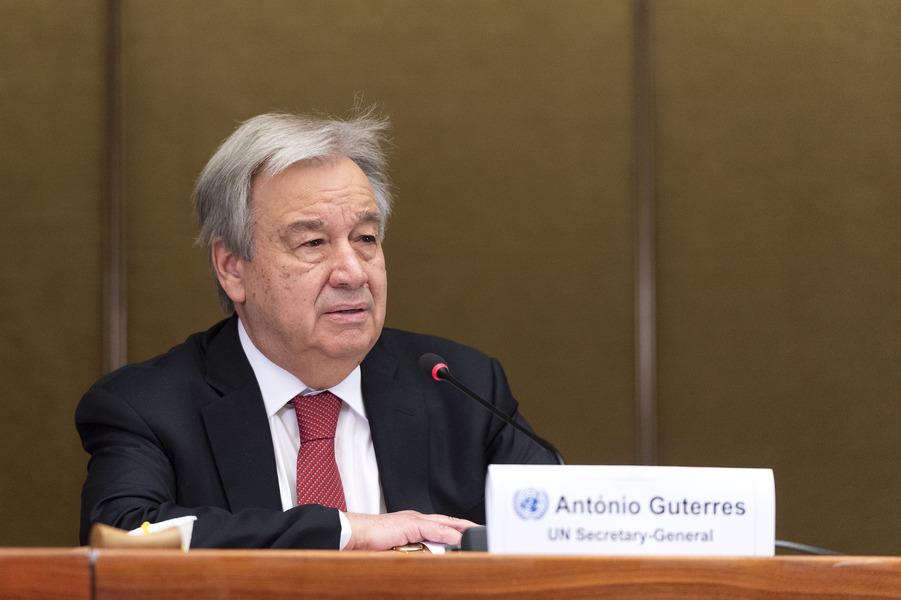Lethal Force Beyond the Battlefield: The Post's "Playbook" Article
The Post ran an important story on Saturday, building on its earlier reporting concerning the development of a "disposition matrix" and other tools for the management of the counterterrorism enterprise. The new piece is by Greg Miller, Ellen Nakashima, and Karen DeYoung, and its main thrust is to report that we
Published by The Lawfare Institute
in Cooperation With

The Post ran an important story on Saturday, building on its earlier reporting concerning the development of a "disposition matrix" and other tools for the management of the counterterrorism enterprise. The new piece is by Greg Miller, Ellen Nakashima, and Karen DeYoung, and its main thrust is to report that we are nearing the culmination of a year-long process aimed at entrenching a set of substantive and procedural rules governing lethal force outside of conventional battlefields--i.e., the "playbook." The article makes clear that the idea is for President Obama to formally adopt these rules, so it may be that we are talking about a Presidential Decision Directive. In any event, this development and the article's treatment of it spurs a few thoughts on this holiday afternoon:
What does this portend for the use of armed drones going forward? It seems to me that this is yet another piece of evidence suggesting that the US government will continue to assert authority to use lethal force for counterterrorism purposes in at least some situations, outside the context of conventional conflict. Not that this is a big surprise.
The article's title suggests that the CIA is getting differential treatment here. What is that all about? The most interesting aspect of the article is its account of the differential rules that will apply to CIA strikes in Pakistan (yes, this is yet another document chock full of statements from unnamed US officials touching upon Title 50 operations in Pakistan) as opposed to lethal force elsewhere (presumably Title 10 operations carried out by JSOC or other DOD assets). In brief, the article suggests that CIA will continue to have signature-strike authority in Pakistan, while that same authority will not be extended elsewhere. That is, elsewhere the strike has to be focused on a particular, known person, whereas in Pakistan it can be driven by behavioral patterns of the particular-but-otherwise-unidentified target. The article makes clear this was a major bone of contention in the interagency fight over the details of the playbook, and that it was resolved at last by treating the CIA's special treatment as a temporary situation meant to last more than one year but less than two. Speaking of which...
Anything interesting here about CIA drone strikes in Pakistan, beyond the signature-strike rule staying in place? A few interesting observations in the article. First, the authors claim that those within the administration who are uneasy with the CIA's autonomy and substantive constraints nonetheless are "reluctant to alter the rules because of the drone campaign's results." Relatedly, the article indicates that the signature-strike approach has "paradoxically account[ed] for the deaths of more senior terrorist operatives than in the strikes carried out when the agency knew the identity and location of a target in advance."
What impact might the drawdown in Afghanistan have on those CIA operations in Pakistan? This really jumped out at me: "The decision to allow the CIA strikes to continue was driven in part by concern that the window for weakening al-Qaeda and the Taliban in Pakistan is beginning to close, with plans to pull most U.S. troops out of neighboring Afghanistan over the next two years. CIA drones are flown out of bases in Afghanistan." That's a point not often discussed in debates about the utility of keeping US forces in Afghanistan, but it certainly should be, whichever way it cuts.
Anything interesting here about DOD strikes (and current CIA operations not involving Pakistan)? Yes -the story makes clear that under the playbook, there will be "requirements for White House approval of drone strikes and the involvement of multiple agencies--including the State Department--in nominating new names for kill lists." I'm not sure that is different from the status quo--Daniel Klaidman's book is full of blow-by-blow accounts of such interagency disputes, and in any event the article isn't quite clear as to what counts as White House approval (does that mean POTUS, or someone else?)--but it is interesting nonetheless.
What to watch for next? Why, FOIA litigation of course. (note that the article indicates that the playbook will contain rulese specific to the scenario in which the known target is a US citizen).
Robert (Bobby) Chesney is the Dean of the University of Texas School of Law, where he also holds the James A. Baker III Chair in the Rule of Law and World Affairs at UT. He is known internationally for his scholarship relating both to cybersecurity and national security. He is a co-founder of Lawfare, the nation’s leading online source for analysis of national security legal issues, and he co-hosts the popular show The National Security Law Podcast.




-(1).png?sfvrsn=7aa9b087_9)
